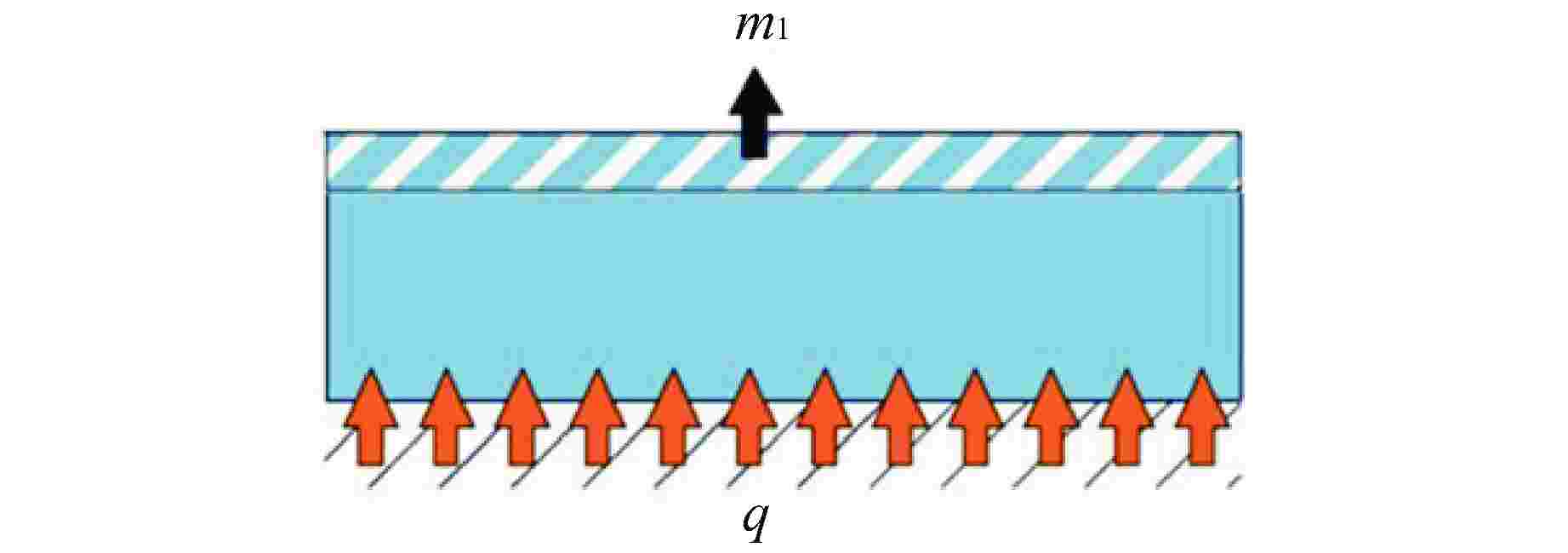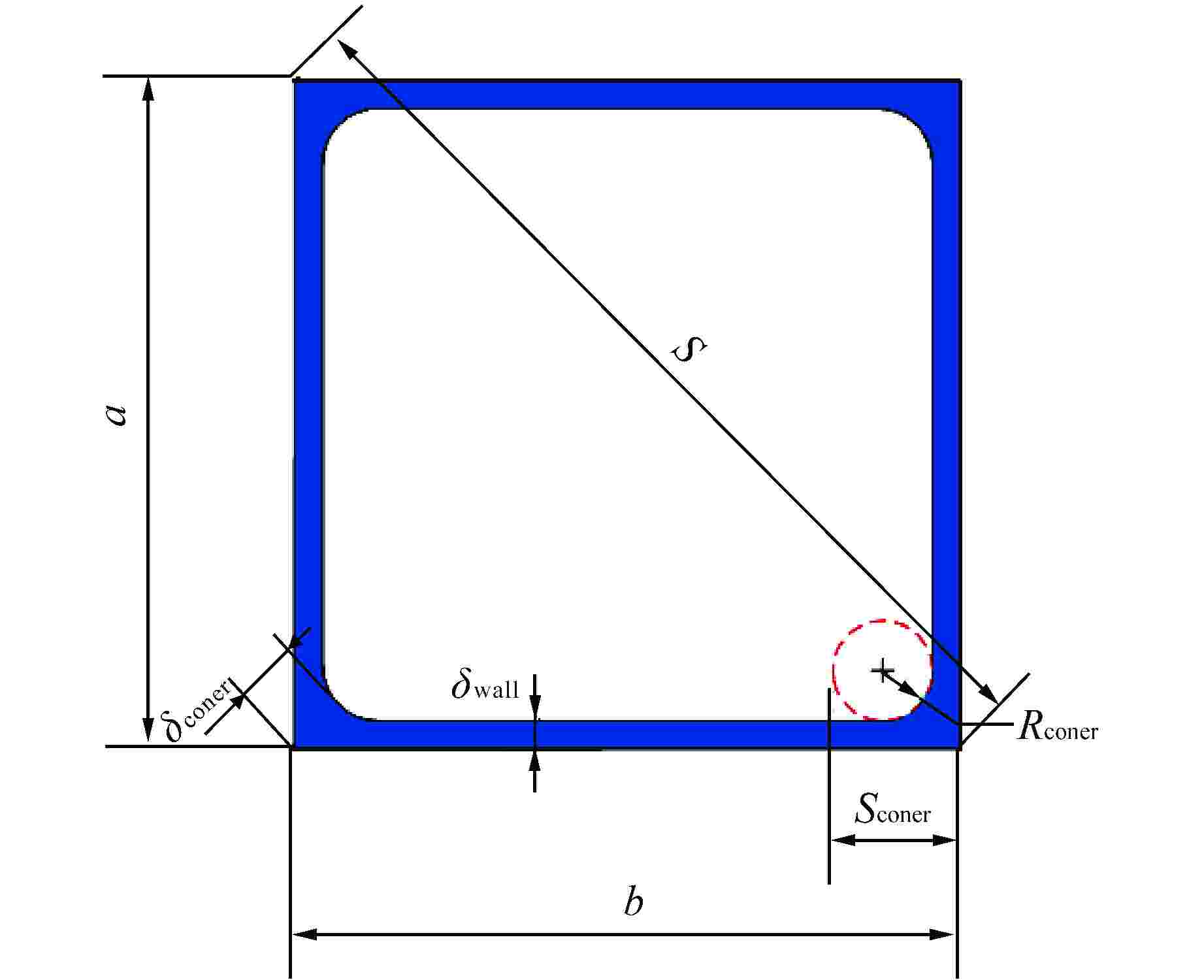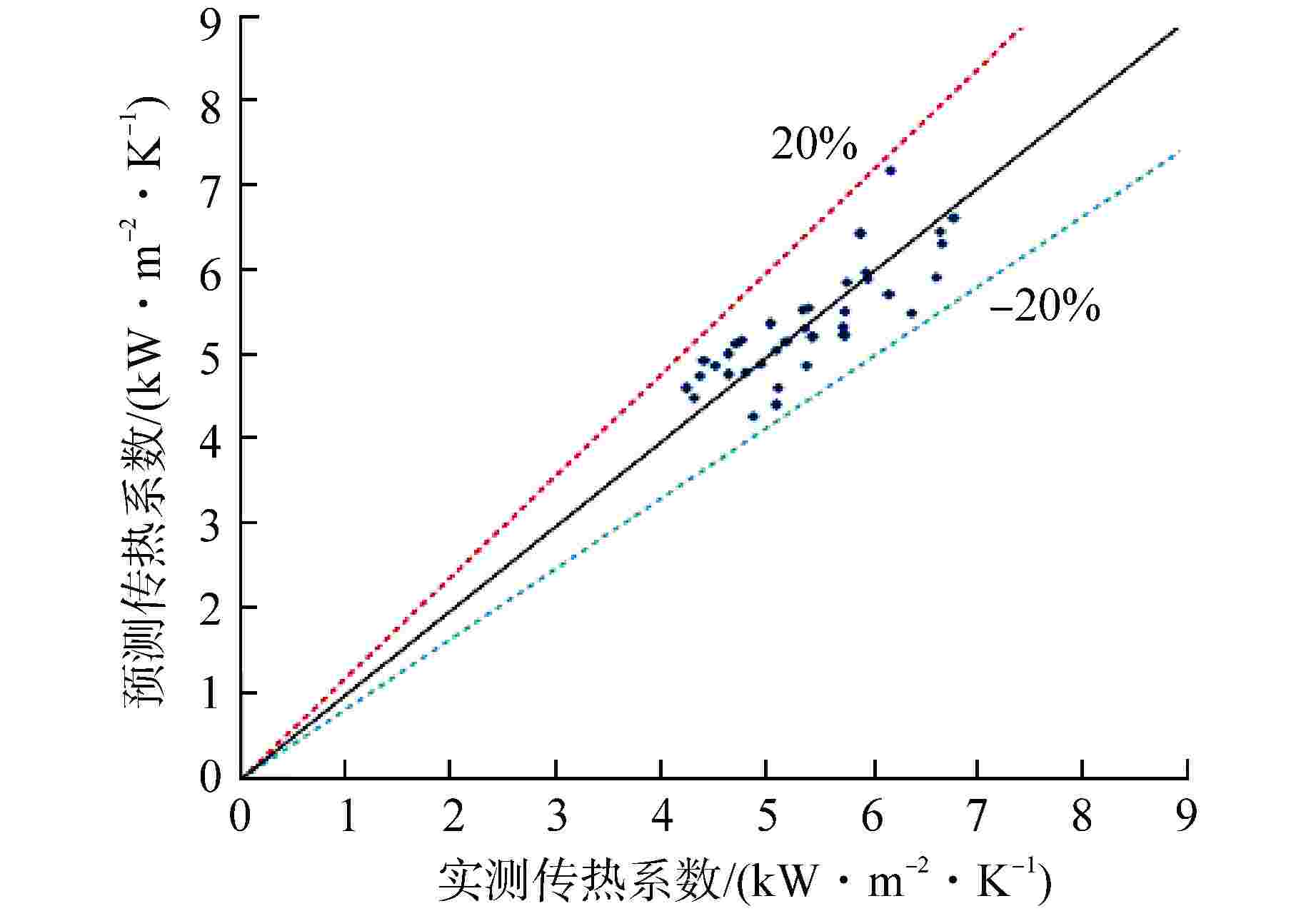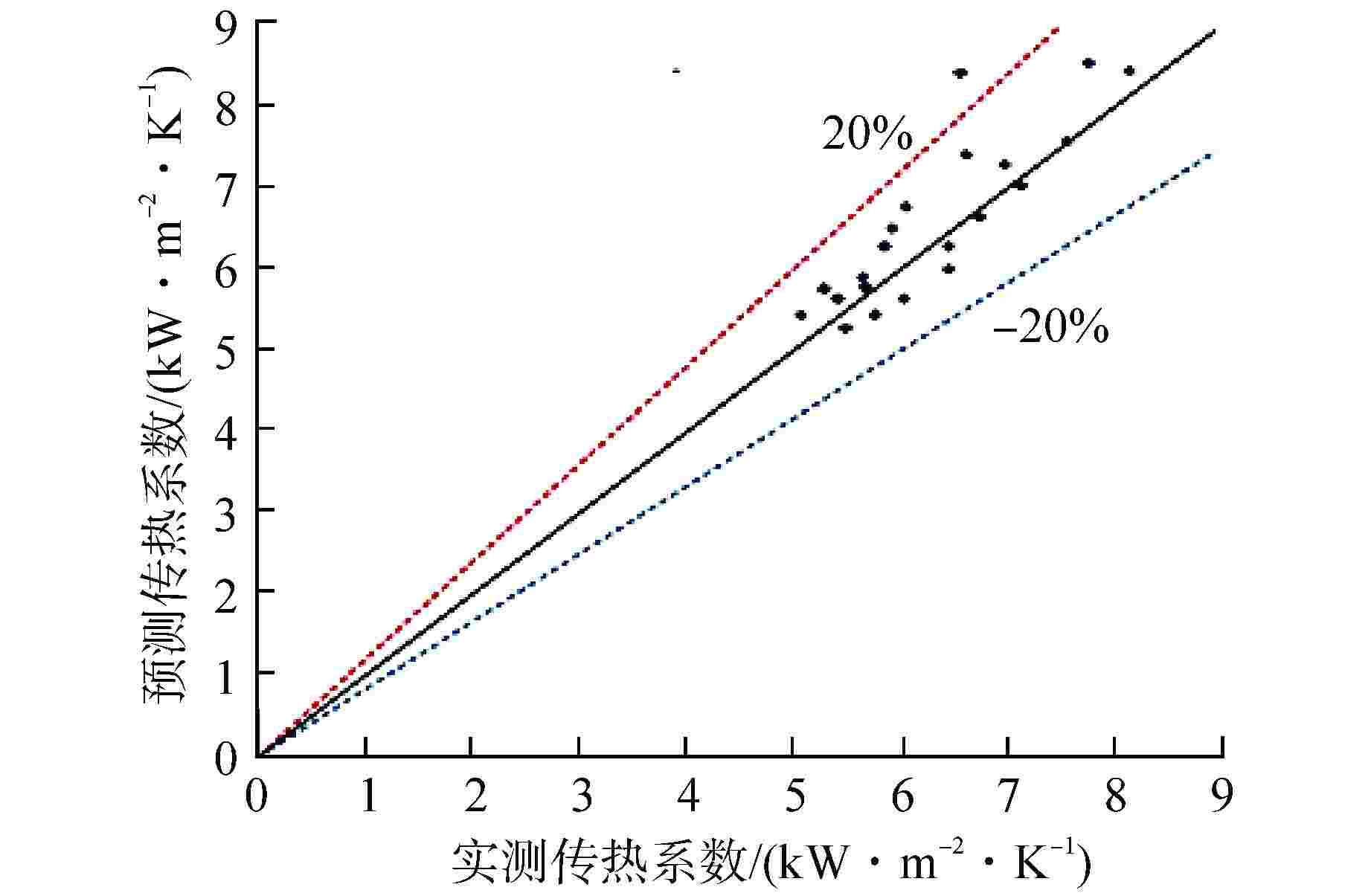Study of Boiling Heat Transfer Model of Confined Bubble Flow and Annular Flow in a Heating Rectangular Mini-Channel
-
摘要: 为探析矩形小流道受限汽泡流及环状流区域沸腾传热机理,本文基于理论推导,从受限汽泡典型特征出发,探明了受限汽泡流几何结构;基于时间加权平均方法,确定了受限汽泡区及液塞区在受限汽泡流所占权重;基于一维导热等理论和积分方法,建立了液膜蒸发换热系数计算方法,并将其应用于环状流区域。综合上述方法,提出了一种新的受限汽泡流及环状流区域沸腾传热模型——双区域模型,该模型适用范围为:雷诺数(Re)为2300~5373,普朗特数(Pr)为2.75~19.8,毛细数(Ca)为0.000835~0.002767。Abstract: the Based on the typical characteristics of the restricted bubble, the geometric structure of confined bubble flow is investigated. Based on the time weighted average method, the weights of the confined bubble and the liquid plug area in the confined bubble flow are determined. Based on one-dimensional heat conduction theory and integral method, a method for calculating the evaporation heat transfer coefficient of liquid film was established and applied to the annular flow area.The model works with Re range of 2300 to 5373, Pr range of 2.75 to 19.8, and Ca range of 0.000835 to 0.002767.
-
Key words:
- Confined bubble flow /
- Annular flow /
- Boiling heat transfer /
- Rectangular mini-channel
-
-
[1] THOME J R. Heat transfer model for evaporation in microchannels. PartI: presentation of the model[J]. International Journal of Heat and Mass Transfer, 2004, 47(14-16): 3375-3385. doi: 10.1016/j.ijheatmasstransfer.2004.01.006 [2] DUPONT V. Heat transfer model for evaporation in microchannels. Part II: comparison with the database[J]. International Journal of Heat and Mass Transfer, 2004, 47(14-16): 3387-3401. doi: 10.1016/j.ijheatmasstransfer.2004.01.007 [3] 常威. 矩形细通道内流动沸腾特性分析及实验研究[D]. 济南: 山东大学, 2012. [4] CHEN Y, SUN Q , WENNERSTEN R . Heat transfer characteristics of water during flow boiling in a vertical rectangular mini-channel[J]. Energy Procedia, 2014, 61:109-112. [5] 田野. 矩形小尺度加热通道流型构成及过渡准则研究[J]. 核动力工程,2018, 39(6): 15-18. [6] 田野. 水平矩形小尺度通道气泡脱离直径预测模型[J]. 核动力工程,2018, 39(6): 34-37. [7] 杨世铭. 传热学[M]. 北京: 高等教育出版社, 2006: 248-249. [8] KOLB W B, CERROA RL. The motion of long bubbles in tubes of square cross section[J]. Physics of Fluids A Fluid Dynamics, 1993, 5(7): 1549-1557. doi: 10.1063/1.858832 [9] AUSSILLOUS P. Quick deposition of a fluid on the wall of a tube[J]. Physics of Fluids, 2000, 12(10): 2367-2371. doi: 10.1063/1.1289396 [10] KREUTZER M T. Multiphase monolith reactors: chemical reaction engineering of segmented flow in microchannels[J]. Chem. Eng. Sci., 2005, 60(22): 5895-5916. doi: 10.1016/j.ces.2005.03.022 -






 下载:
下载:









